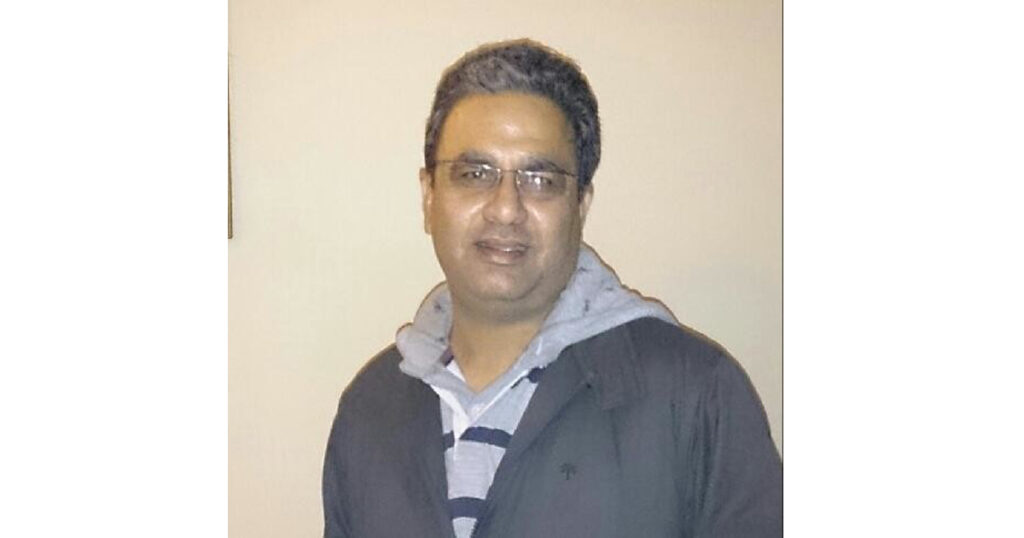By Sameer Puri, CEO at Kestone UTSAV
Step into any celebration in India today and something becomes instantly clear. It’s no longer just about following rituals. It’s about creating experiences. There’s a shift taking place one that is subtle in tone but seismic in impact. A quiet revolution is redefining how India celebrates its most meaningful moments.
This transformation is not merely about spending more. It’s about celebrating better with thoughtfulness, elegance, and a personal touch. Weddings, in particular, are at the heart of this change. India hosts close to ten million weddings every year, and the wedding industry is now valued at over 130 billion dollars. This makes it one of the largest in the world, reflecting not just a cultural love for celebration but a rising economic confidence as well.
In 2024, the average wedding budget reached nearly ₹36.5 lakh, with destination weddings often touching ₹51 lakh or more. A growing share of celebrations, nearly 9 percent crossed the ₹1 crore mark. These numbers do not reflect extravagance alone. They tell the story of a generation that sees value in creating unforgettable, emotionally rich experiences. For them, every detail matters from the choice of venue and cuisine to the flow of music and the scent in the air.
Across urban and semi-urban India, families are now treating events as curated journeys. They are moving away from formulaic formats and toward designs that mirror their personalities, their values, and their memories. A naming ceremony might now include elements from the grandparents’ heritage village. An anniversary could feature a playlist made of shared milestones. The goal is not to impress, but to express.
Technology has played a quiet but powerful role in this shift. Event walkthroughs are now viewed in 3D before a single flower is placed. Guest lists are managed with precision apps. Live streaming has become an expected feature, ensuring even distant relatives feel included. And yet, tradition has not been lost. If anything, it has found new ways to shine. The sacred rituals, the familiar music, the age-old customs they still hold centre stage, but with a renewed sense of relevance.
Alongside innovation, there is also growing awareness. Over 52 percent of weddings in India last year made conscious efforts toward sustainability. From biodegradable décor and plant-based menus to reusable fabrics and waste management, celebration has begun to align with responsibility. Even diamonds long a symbol of legacy — are being thoughtfully chosen, with many opting for lab-grown alternatives that blend sentiment with sustainability.
This movement is not confined to a single city or social group. It is unfolding in every corner of the country. In small towns, families are inviting local artisans to participate in events, reviving long-forgotten crafts. In larger cities, minimalist themes are being paired with classical dance forms. There is a cultural confidence that is both rooted and experimental — and it is beautiful to witness.
The impact of this shift is not only cultural, but economic. Wedding-related spending on catering and venue now accounts for nearly 30 percent of total costs, while jewellery contributes to more than half of India’s annual gold sales. Photography, décor, fashion, and logistics have grown into specialist verticals, creating employment and artistry across the country. The industry has quietly become an ecosystem.
And yet, what’s most powerful about this transformation is not the money spent — it’s the meaning created. Luxury in India is no longer defined by chandeliers or imported blooms. It is defined by emotion. By memories crafted with care. By celebrations that stay with you long after the last guest has gone home.
India has always known how to celebrate. But now, it is doing so with more clarity, more soul, and more style than ever before. This isn’t just a luxury events revolution. It’s a moment of cultural awakening. One where tradition meets imagination, and every celebration becomes a work of art.
